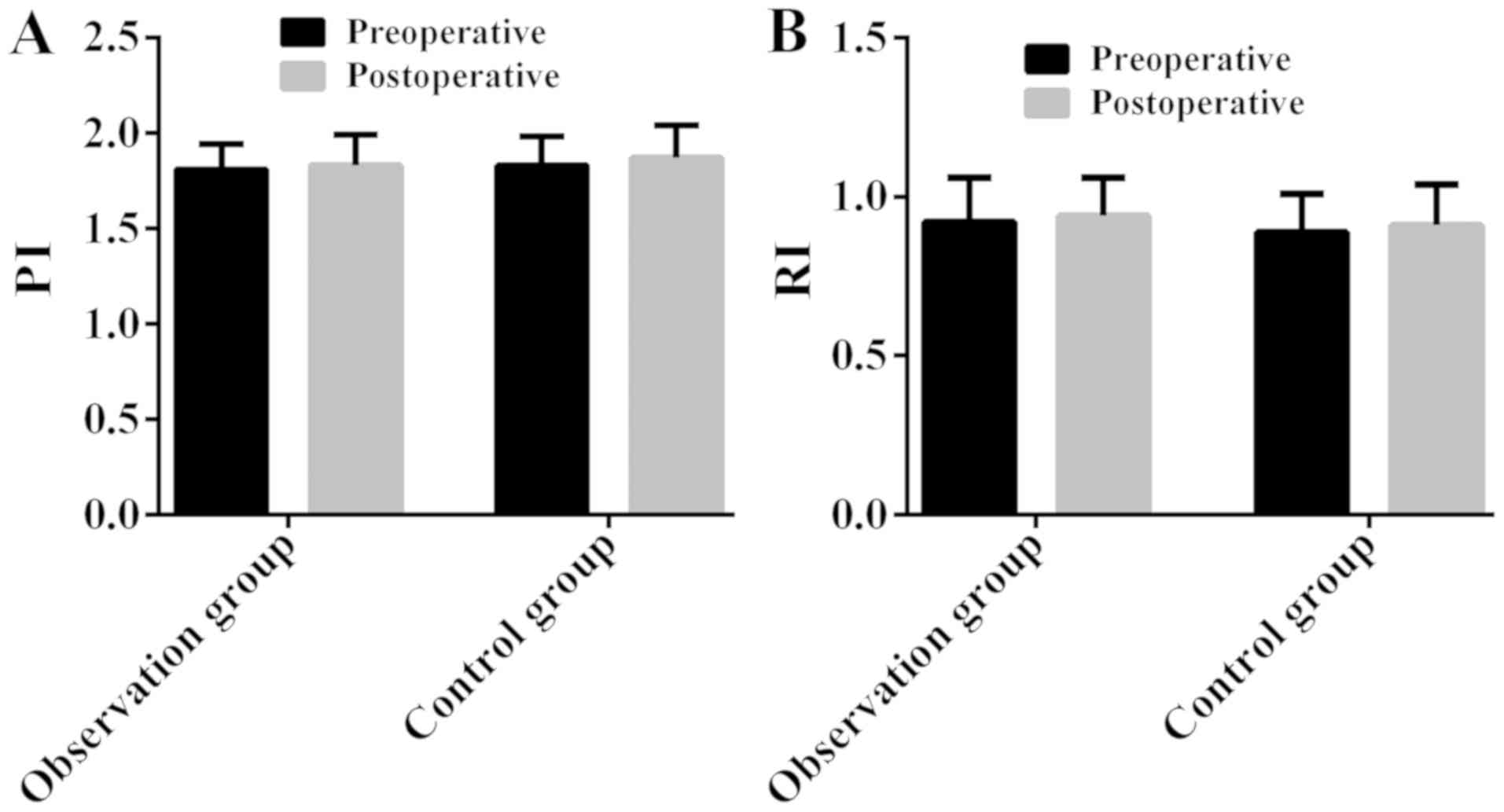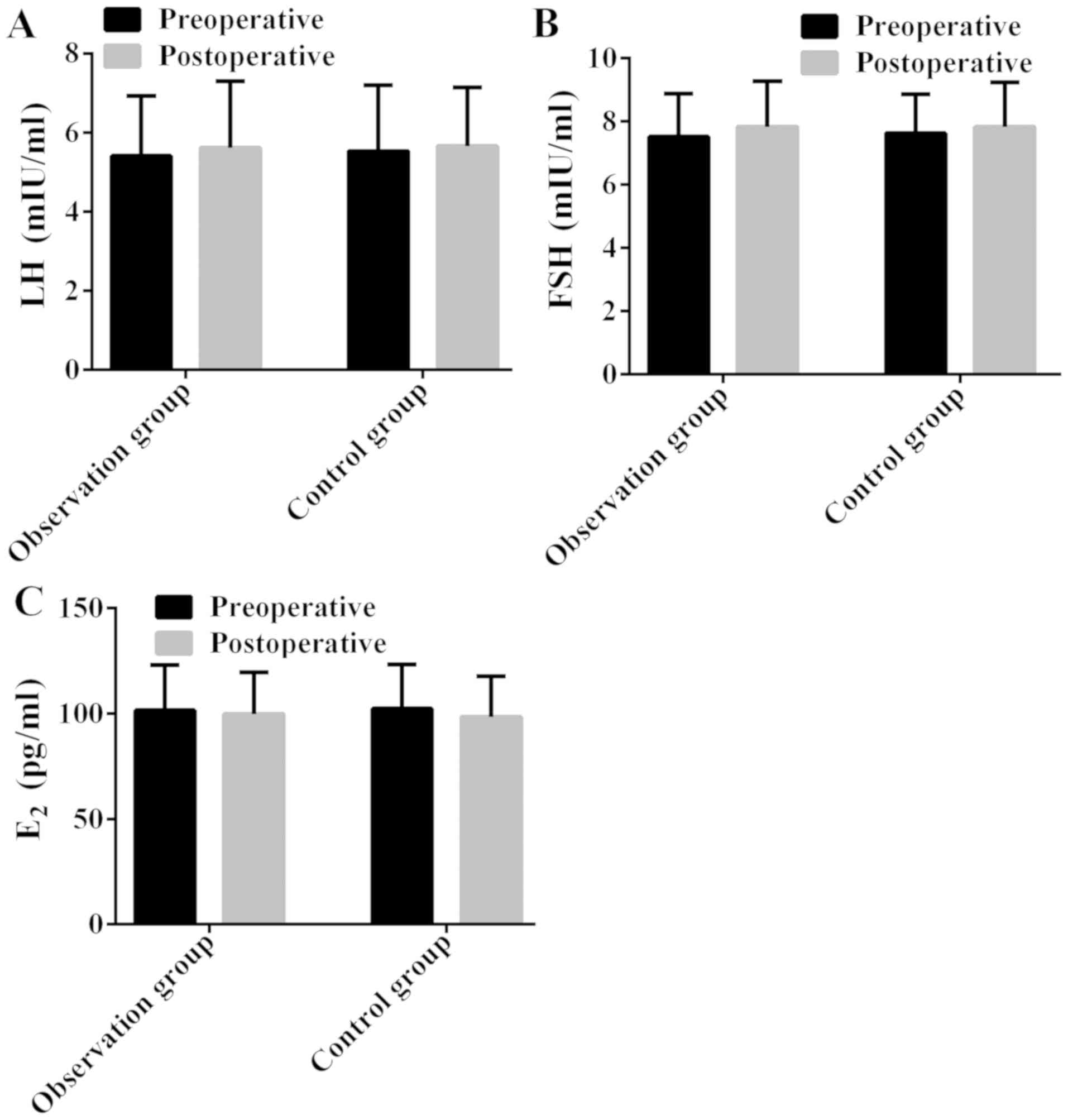|
1
|
Rizzello A, Franck J, Pellegrino M, De
Nuccio F, Simeone P, Fiore G, Di Tommaso S, Malvasi A, Tinelli A,
Fournier I, et al: A Proteomic Analysis of Human Uterine Myoma.
Curr Protein Pept Sci. 18:167–174. 2017. View Article : Google Scholar : PubMed/NCBI
|
|
2
|
Nelson AL and Massoudi N: New developments
in intrauterine device use: Focus on the US. Open Access J
Contracept. 7:127–141. 2016. View Article : Google Scholar : PubMed/NCBI
|
|
3
|
Donnez J and Dolmans MM: Uterine fibroid
management: From the present to the future. Hum Reprod Update.
22:665–686. 2016. View Article : Google Scholar : PubMed/NCBI
|
|
4
|
Chiaffarino F, Cipriani S, Ricci E, La
Vecchia C, Chiantera V, Bulfoni A and Parazzini F: Alcohol
consumption and risk of uterine myoma: A systematic review and meta
analysis. PLoS One. 12:e01883552017. View Article : Google Scholar : PubMed/NCBI
|
|
5
|
Giudice LC: Potential biochemical markers
of uterine receptivity. Hum Reprod. 14 Suppl 2:3–16. 1999.
View Article : Google Scholar : PubMed/NCBI
|
|
6
|
Hoozemans DA, Schats R, Lambalk NB,
Homburg R and Hompes PG: Serial uterine artery Doppler velocity
parameters and human uterine receptivity in IVF/ICSI cycles.
Ultrasound Obstet Gynecol. 31:432–438. 2008. View Article : Google Scholar : PubMed/NCBI
|
|
7
|
Khan AT, Shehmar M and Gupta JK: Uterine
fibroids: Current perspectives. Int J Womens Health. 6:95–114.
2014. View Article : Google Scholar : PubMed/NCBI
|
|
8
|
Guo Q, Zhao W, Xu F, Zhang S and Chen P:
Validity of high intensive focused ultrasound in the treatment of
uterus myoma and adenomyoma in Hebei Province: A report of 166
cases. Zhonghua Yi Xue Za Zhi. 95:693–696. 2015.(In Chinese).
PubMed/NCBI
|
|
9
|
Pron G: Magnetic resonance-guided
high-intensity focused ultrasound (MRgHIFU) treatment of
symptomatic uterine fibroids: An evidence-based analysis. Ont
Health Technol Assess Ser. 15:1–86. 2015.
|
|
10
|
Daher S, Massarwa M, Benson AA and Khoury
T: Current and future treatment of hepatocellular carcinoma: An
updated comprehensive review. J Clin Transl Hepatol. 6:69–78. 2018.
View Article : Google Scholar : PubMed/NCBI
|
|
11
|
Trefoux Bourdet A, Luton D and Koskas M:
Clinical utility of ulipristal acetate for the treatment of uterine
fibroids: Current evidence. Int J Womens Health. 7:321–330.
2015.PubMed/NCBI
|
|
12
|
Yin H, Lo JH, Kim JY, Marsh EE, Kim JJ,
Ghosh AK, Bulun S and Chakravarti D: Expression profiling of
nuclear receptors identifies key roles of NR4A subfamily in uterine
fibroids. Mol Endocrinol. 27:726–740. 2013. View Article : Google Scholar : PubMed/NCBI
|
|
13
|
Lumsden MA: Modern management of fibroids.
Obstetrics, Gynaecol Reprod Med. 20:82–86. 2010. View Article : Google Scholar
|
|
14
|
Ghobrial FEI, Eldin MS, Razek AAKA, Atwan
NI and Shamaa SSA: Computed tomography assessment of hepatic
metastases of breast cancer with revised response evaluation
criteria in solid tumors (RECIST) criteria (Version 1.1):
Inter-observer agreement. Pol J Radiol. 82:593–597. 2017.
View Article : Google Scholar : PubMed/NCBI
|
|
15
|
Cohen LS and Valle RF: Role of vaginal
sonography and hysterosonography in the endoscopic treatment of
uterine myomas. Fertil Steril. 73:197–204. 2000. View Article : Google Scholar : PubMed/NCBI
|
|
16
|
Yang R, Xu T, Fu Y, Cui S, Yang S and Cui
M: Leiomyomatosis peritonealis disseminata associated with
endometriosis: A case report and review of the literature. Oncol
Lett. 9:717–720. 2015. View Article : Google Scholar : PubMed/NCBI
|
|
17
|
Szkodziak P, Szkodziak F, Trzeciak K and
Czuczwar P: Minimally invasive procedures in the management of
uterine fibroids. Przegl Menopauz. 16:122–125. 2017.
|
|
18
|
Zhou J and Qu F: Treating gynaecological
disorders with traditional Chinese medicine: A review. Afr J Tradit
Complement Altern Med. 6:494–517. 2009.PubMed/NCBI
|
|
19
|
Fu X, Huang F, Chen Y, Deng Y and Wang Z:
Application of dexmedetomidine-remifentanil in high-intensity
ultrasound ablation of uterine fibroids: A randomised study. BJOG.
124 Suppl 3:23–29. 2017. View Article : Google Scholar : PubMed/NCBI
|
|
20
|
Rueff LE and Raman SS: Clinical and
technical aspects of MR-guided high intensity focused ultrasound
for treatment of symptomatic uterine fibroids. Semin Intervent
Radiol. 30:347–353. 2013. View Article : Google Scholar : PubMed/NCBI
|
|
21
|
Donnez J, Arriagada P, Donnez O and
Dolmans MM: Emerging treatment options for uterine fibroids. Expert
Opin Emerg Drugs. 23:17–23. 2018. View Article : Google Scholar : PubMed/NCBI
|
|
22
|
Long L, Chen J, Xiong Y, Zou M, Deng Y,
Chen L and Wang Z: Efficacy of high-intensity focused ultrasound
ablation for adenomyosis therapy and sexual life quality. Int J
Clin Exp Med. 8:11701–11707. 2015.PubMed/NCBI
|
|
23
|
Chen L, ter Haar G, Hill CR, Dworkin M,
Carnochan P, Young H and Bensted JP: Effect of blood perfusion on
the ablation of liver parenchyma with high-intensity focused
ultrasound. Phys Med Biol. 38:1661–1673. 1993. View Article : Google Scholar : PubMed/NCBI
|
|
24
|
Elhelf IAS, Albahar H, Shah U, Oto A,
Cressman E and Almekkawy M: High intensity focused ultrasound: The
fundamentals, clinical applications and research trends. Diagn
Interv Imaging. 99:349–359. 2018. View Article : Google Scholar : PubMed/NCBI
|
















